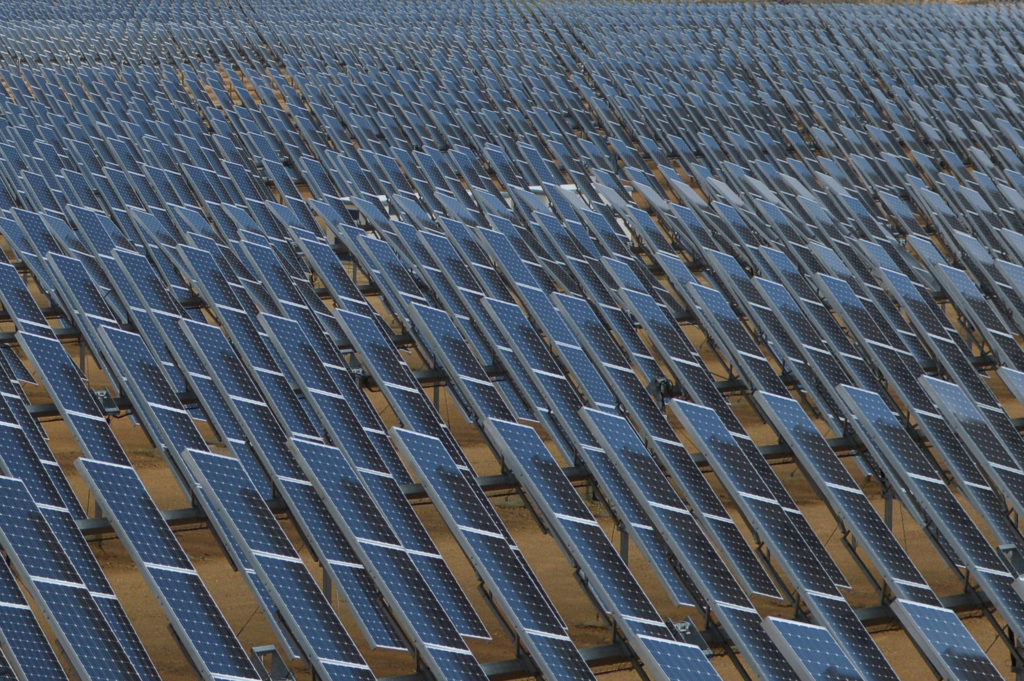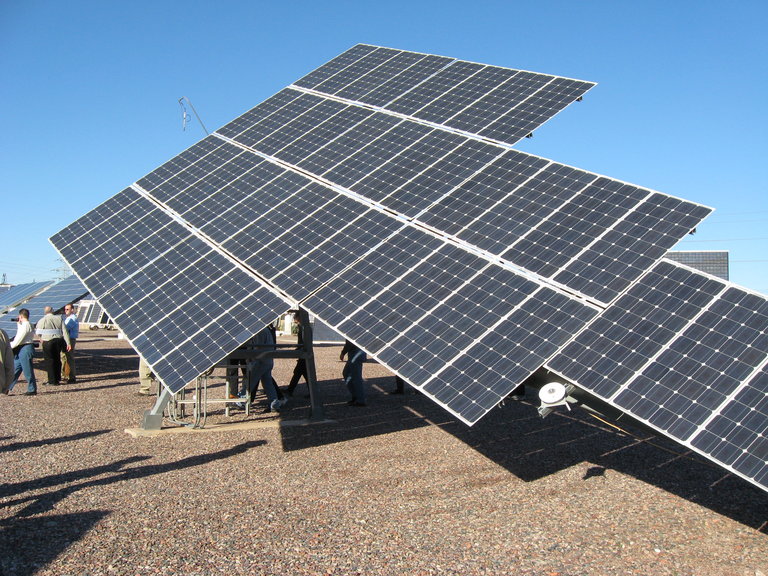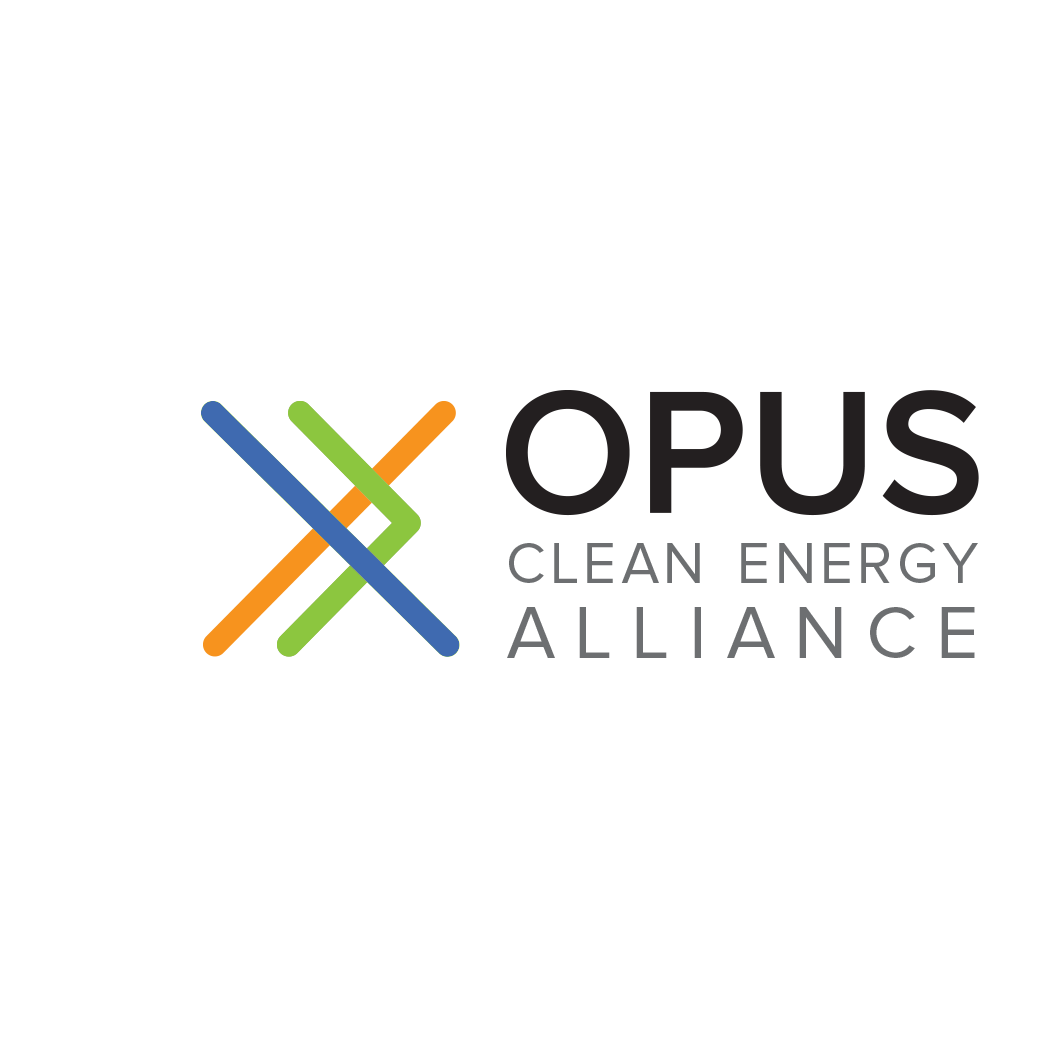When light energy strikes the solar cell, electrons are knocked loose from the atoms in the semiconductor material. If electrical conductors are attached to the positive and negative sides, forming an electrical circuit, the electrons can be captured in the form of an electric current (DC current)
The inverter then receives this DC current from the panels and converts it into AC current. This is the form of electricity that can be used by a home or business. Any excess energy the system generates can be stored for later use via a battery storage system. Any excess energy can also sent to the electricity grid. This excess energy to the grid generally has a feed-in tariff which will allows remuneration for this exported power
Solar Farm
While homeowners with solar panels on their roofs aim to generate enough power to cover their individual energy needs, large utility-scale solar farms are designed to generate enough electricity to power thousands of homes and businesses
Solar Thermal Plant
Solar collectors capture and concentrate sunlight to heat a synthetic oil, which then heats water to create steam. The steam is piped to an onsite turbine-generator to produce electricity, which is then transmitted over power lines.
Solar Power Plant
Based on the same sunlight to energy conversion principles of a solar cell, a Solar power plant can utilize Concentrated Solar Power sytems such as use lenses, mirrors, and tracking systems to focus a large area of sunlight into a small beam.


